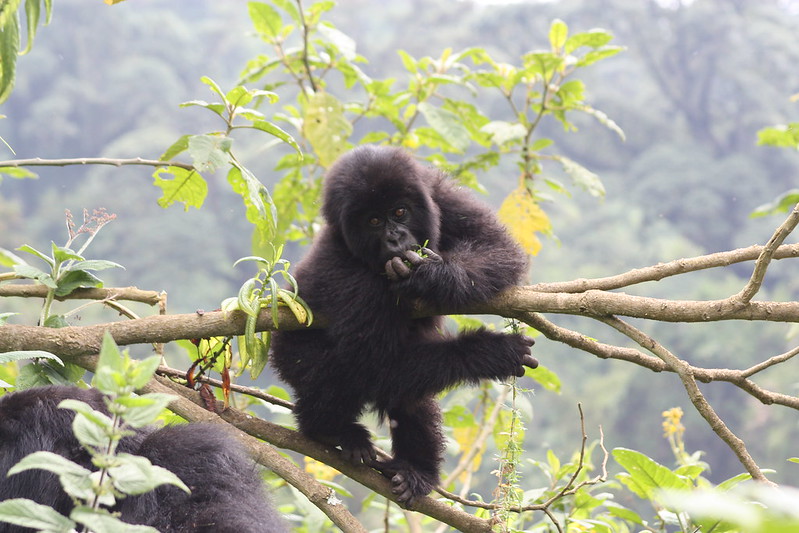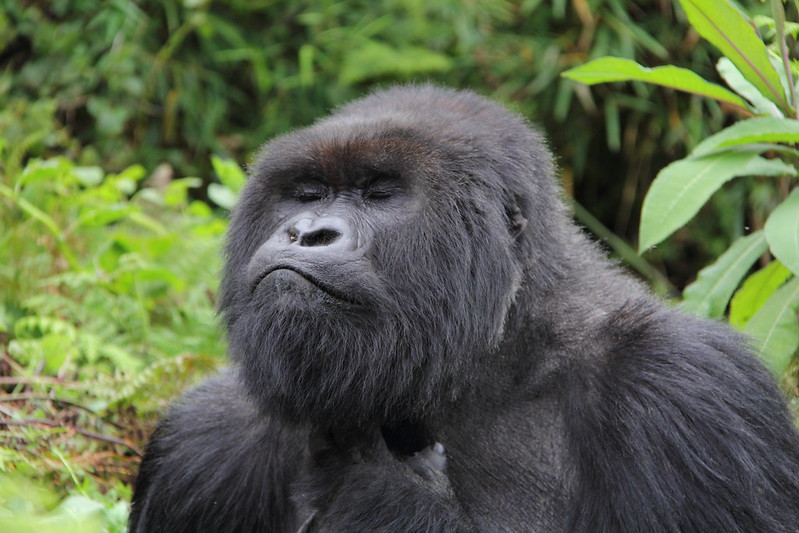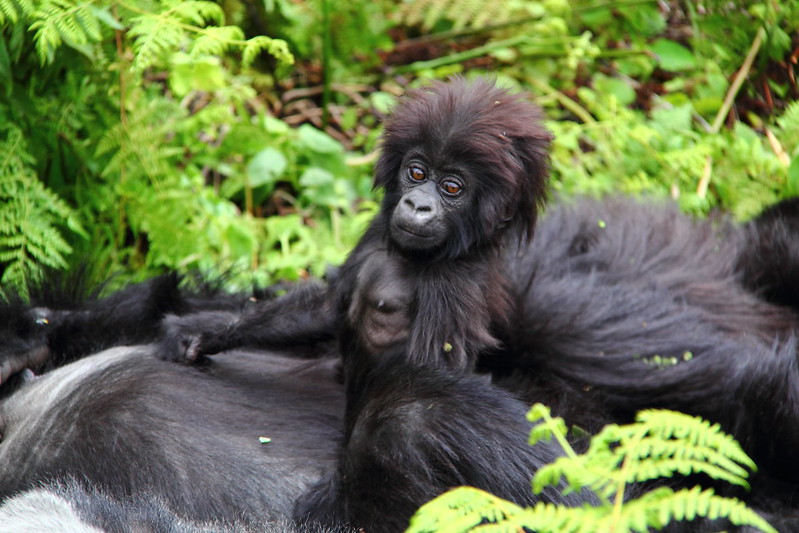Uganda Bwindi Gorilla trekking. The bwindi gorilla walk in Uganda is a once-in-a-lifetime opportunity to…
When is it best to visit Masai Mara
The Masai Mara National Reserve, often known as The Mara, is Kenya’s famous safari destination, bringing thousands of people each year to experience the African savannah and view numerous animals, as well as for many to watch the Great Migration.
The time of year you choose for your safari trip to the Mara will influence the type of animal encounter you get in the Mara. It is critical to determine the optimum time to visit based on what you want to experience or see.
I’ll go through some things to think about while determining when to visit Mara.
So, what is the ideal time to visit the Masai Mara to get the most out of your safari and bush experience?
The peak migration period (June – October)
The greatest time for a safari in the Mara is definitely during the huge migration. During the migration season, a rush of millions of wildebeest, zebra, and antelopes crosses the border from Tanzania’s Serengeti to Kenya’s Masai Mara.
The migration begins with a few numbers seeping into the Mara in June, and the numbers continue to grow throughout July and August until the whole terrain of the migratory path is covered with wildebeests and zebras. It’s quite a sight!
If you want to observe the migration, then June to October is the ideal time to visit the Mara. July and August see the most animals, but this is also a high tourism season, with many visitors in the park.
When is the best time to see the big cats in the Mara? (Cats are better seen after migration)
The Masai Mara is home to several big cats, including lions, leopards, hyenas, and cheetahs. It is perhaps the greatest site in Kenya to see lions and leopards.
Is it better to watch lions during their migration?
The belief is that lions and other cats are more visible during the great migration because there is easy prey for them. True, they have easy prey and do not have to strain to get food. This, however, implies that they do not migrate far in pursuit of prey. They catch prey readily and have full tummies most of the time, so they spend their days lying under thickets with little effort… Is sneaking up on lazy lions buried away behind thickets your dream lion sighting?
Rather than during the migration is the best time to watch cats.
When the migration leaves the Mara, there is less prey for the cats, forcing lions and other cats to wander extensively and energetically to hunt the remaining zebras, wildebeest, and antelope. The lions will also prey on large animals such as giraffes and elephants. When there is a paucity of prey, it is easier to spot lions in activity or on the move in the Mara.
Want to watch lions hunting and killing a buffalo or an antelope once in a lifetime? The best opportunity may be when there is less prey in the Mara and the migration has passed.
The migration has displaced elephants.
The Mara boasts large elephant herds, and watching them match over the plains is pretty satisfying. If elephants are your favorite animal and you want to see the largest tuskers and their young, it is preferable to visit the Mara after the migration has passed.
The elephants are annoyed by the continual “groaning” sound of the wildebeests and will attempt to avoid them as much as possible. Elephants seek refuge in the hills and thickets, away from the roar of the migration horde.
However, you cannot miss elephant sightings on any day, including during the migration, although the finest sightings in the Mara are without the migration.
Dry season vs. Wet season
When planning a trip to Masai Mara, it is crucial to know if Kenya is experiencing a wet/rainy season or a dry season.
June, July, August, and September are the dry months. The days are bright throughout this time of year, with minimal risk of rain. The dry season also happens to be the peak migratory season, which is a fortunate coincidence. The dry season has the advantage of allowing you to experience the warmth of the sun. Because the driving tracks are dry, you can easily cover all of the park’s turns without a 4X4 jeep. The drawback is that there are large throngs of people in the park, which creates rivalry for sightings. The driving tracks are also dusty, which can cause flu and lung infections in people with delicate respiratory systems.![]()
July is the coldest month of the year, with particularly cold mornings. If you prefer warmer temperatures, you should avoid visiting in July.
The rainy season lasts from October to May. The most rain falls in March, April, and May, with virtually daily rainfall. The rainy season makes covering the park difficult, especially during the lengthy rains of March and April. However, the view is spectacular, with lush green plains and hills. Animals are also less mobile, making for excellent sightings. Cats that hid beneath thickets during the dry season to avoid the sun are now out in the open, hungry for warmth. The rivers are full of flowing water, and staying at a lodge/camp by a river will improve your experience. The rainy season also sees less people, making it ideal for sightings with less competition.


